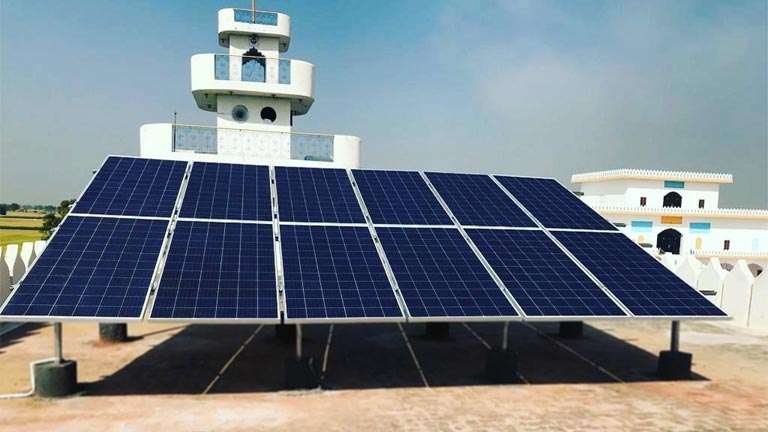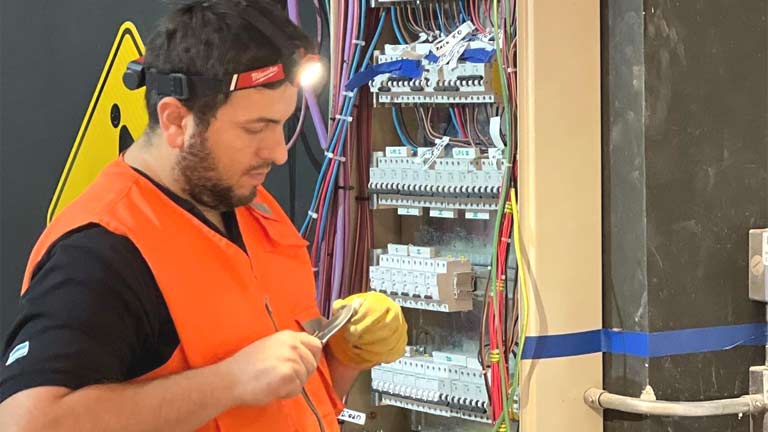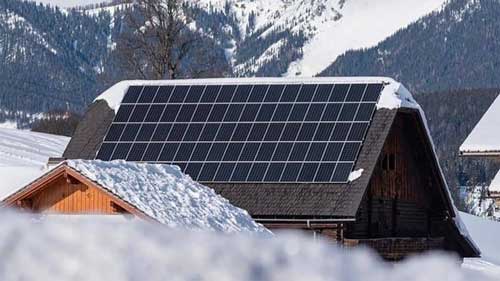
Many solar energy companies and clean technology startups across India are entering the space, bringing innovations to rural households. These startups are developing solutions to a variety of social problems, from the drinking water crisis to agricultural problems or other problems caused by climate change. While India’s startup ecosystem has received support and commitment from both the central and state governments, more support is needed to reduce India’s dependence on imports from other countries in the clean energy sector.
Various new government programs for distributed renewable energy applications in rural India further validate the value of clean technology solutions, leading to broader adoption and ultimately benefiting rural communities and value chains. will bring about. However, scaling these gains presents several challenges, including the novelty of these technologies and the high price of entry. These cleantech products are perceived as risky purchases, especially for female users. Contributing to this perception is that rural women are less willing to take risks due to socio-economic reasons and have limited access to financing. Furthermore, there is a lack of links to established markets, and women’s mobility and networks outside the village are limited.
In India, the hype around renewable energy and the changes it can bring to society is mostly limited to mega-solar and wind projects, or lower tariffs achieved through auctions. Behind all these big projects are many people in rural India who are quietly working on clean energy-based solutions that also help transform people’s lives. Many companies operating in the region are focused on urban solar energy, with the overall goal of reducing the country’s dependence on imports of solar panels from other countries. In some areas of renewable energy and technology, we are still dependent on other countries such as China. India needs to further promote ‘Made in India’ products and expand its manufacturing footprint.
Promoting these clean technologies in rural areas requires greater emphasis on leveraging the experiences of early adopters, and women. We need to organize hyperlocal events and demonstrations and create spaces where women can network and raise awareness. You should provide easy financing to purchase the product. Financial companies should consider simplifying the loan application process. We always need to guarantee reasonable after-sales service and buybacks.
We need to support the linkage of market contexts, finding and connecting urban consumption sites and producers. We all need to establish business models where people in rural India, especially women, can sell to intermediaries to regulate their income sources. The efforts of the government’s Rural Livelihoods Mission, the Ministry of Agriculture and Forestry, etc. should be combined to take measures to improve women’s livelihoods. We should all leverage the influence of government agencies.
In the vast expanse of rural India, where electricity access has historically been a challenge, a transformative revolution is taking place. The adoption of solar power is turning the once dimly lit landscapes into vibrant hubs of energy, bringing light, progress, and hope to countless lives. This article explores how solar power is catalyzing a bright and shining future for rural India.
The Need for Energy in Rural India
Rural India has long grappled with inadequate electricity access, hindering socio-economic development and quality of life. Traditional sources of energy, often unreliable and environmentally harmful, fail to meet the increasing demand. The power deficit has stunted the growth of industries, education, and healthcare in these areas.
Solar Power as a Beacon of Hope
In recent years, solar power has emerged as a game-changer, offering a sustainable and reliable solution to the energy woes of rural India. The abundant sunlight that graces the Indian subcontinent throughout the year presents an ideal environment for harnessing solar energy. Governments, NGOs, and private enterprises have seized this opportunity to implement solar initiatives, transforming the energy landscape of rural regions.
Government Initiatives
The Indian government has played a pivotal role in promoting solar power adoption in rural areas. Initiatives like the Pradhan Mantri Sahaj Bijli Har Ghar Yojana, also known as the Saubhagya scheme, aim to electrify every household in the country, with a significant focus on solar power. Financial incentives, subsidies, and policy support have encouraged the installation of solar panels in remote villages.
Community Solar Projects
Community-based solar projects have become a driving force in rural electrification. These initiatives involve the installation of solar microgrids that cater to the energy needs of entire villages. Villagers, often organized into cooperatives, actively participate in the planning, implementation, and maintenance of these projects, fostering a sense of ownership and sustainability.
Entrepreneurial Endeavors:
The rise of solar entrepreneurs in rural India has added another dimension to the solar revolution. Local individuals and groups are setting up small-scale solar enterprises, offering services such as solar panel installation, maintenance, and energy retail. This not only creates employment opportunities but also establishes a decentralized and resilient energy ecosystem.
Education and Healthcare Transformation
The impact of solar power extends beyond just lighting up homes. In rural schools, solar energy is powering classrooms, enabling students to study during the evenings and fostering a conducive environment for learning. Similarly, healthcare facilities in remote areas are leveraging solar energy to ensure uninterrupted power supply for medical equipment, refrigeration of vaccines, and lighting during emergencies.
Economic Empowerment
The adoption of solar power in rural India is not just about meeting energy needs but also about economic empowerment. Farmers are utilizing solar pumps for irrigation, reducing dependence on erratic grid power and diesel generators. This shift not only enhances agricultural productivity but also contributes to sustainable farming practices.
Challenges and Future
While the progress in adopting solar power in rural India is commendable, challenges such as initial setup costs, technological awareness, and maintenance persist. Continued efforts are required to address these issues and ensure the long-term success of solar initiatives. Innovations in technology, coupled with supportive policies, will play a crucial role in overcoming these hurdles.
The future looks promising as advancements in solar technology, decreasing costs, and increasing awareness continue to drive the solar revolution in rural India. The journey towards a bright and shining rural landscape is ongoing, with each solar panel installed bringing a ray of hope to communities that have long lived in the shadows of energy poverty.
Conclusion
Solar is illuminating the path to progress in rural India, bringing about positive changes in the lives of millions. The transformative impact on education, healthcare, agriculture, and local economies underscores the significance of sustainable energy solutions. As solar power continues to shine brightly, rural India is poised for a radiant future, one where energy poverty is a thing of the past, and communities thrive under the empowering glow of the sun.




